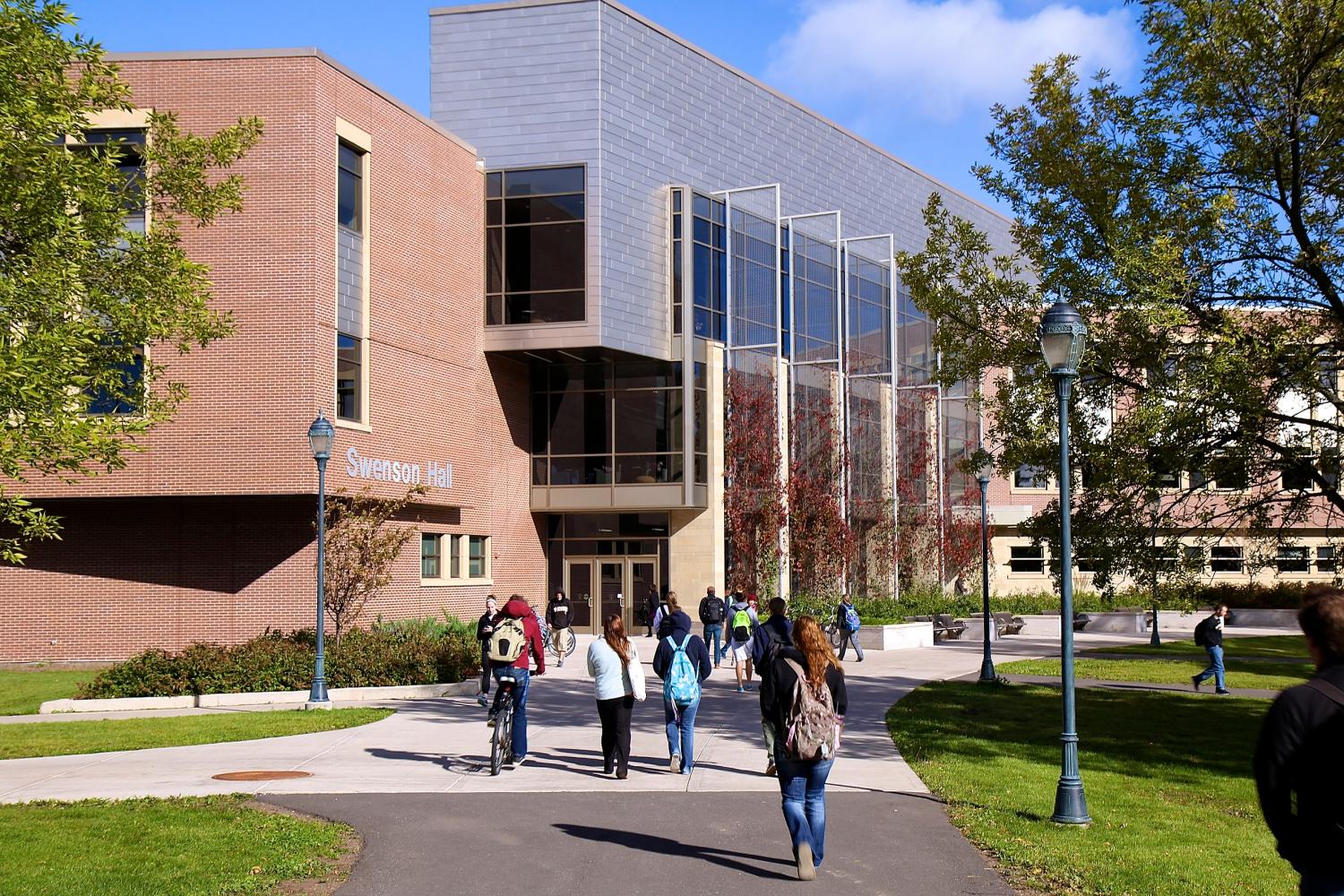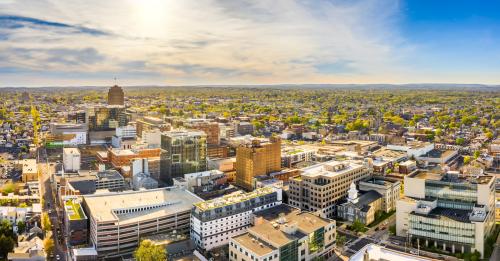While the health and economic impacts of the COVID-19 crisis have been ubiquitous, they have affected certain places and people disproportionately. Many communities had yet to fully recover from the last recession before the onset of the current downturn. Likewise, the explosion of recent protests around the country has highlighted the dire disparities of access for Black Americans and other nonwhite citizens, including access to quality higher education.
These recent events have put the nation’s often-overlooked regional public universities (RPUs) in the spotlight, both as unique sites of opportunity to address these challenges as well as institutions in an increasingly precarious position to do so. RPUs are public, four-year, community-oriented universities. They are more numerous than nationally known state flagship and public research 1 (R1) universities, and, unlike community colleges, offer a full array of four-year degrees.

This paper assesses the economic and educational effects and overall well-being of regional public universities within the Great Lakes region, which consists of six Midwestern states: Illinois, Indiana, Michigan, Minnesota, Ohio, and Wisconsin. While these states have been important sources of natural resources and centers of economic activity, over the past two decades, economic trends such as globalization and automation have hollowed out their labor markets. A healthy cadre of regional public universities could help close enrollment and attainment gaps and bolster economic growth in communities across the region.
This report has five major findings:
- The Great Lakes region has a strong concentration of regional public universities, which are important assets for fostering economic recovery.
That each Great Lakes state has a significant stock of RPUs is a potentially substantial economic asset for the region, particularly its smaller communities. Universities can mitigate the impacts of economic downturns and serve as a significant source of employment growth during periods of recovery. For example, counties in these smaller communities with a public four-year university had smaller employment losses during the Great Recession than those without a university, and saw higher aggregate employment growth during the subsequent recovery.

- Great Lakes regional public universities educate more in-state and transfer students than public flagships and R1s, but enrollment is in decline.
Prior to the COVID-19 pandemic, a combination of stagnant population growth, a healthy economy, and increasing tuition had led to declining enrollment at Great Lakes regional public universities. Great Lakes RPU enrollment reached its high point in 2011, with an enrollment of over 971,000 students, but has fallen by over 10% since. This decline in enrollment has had significant negative impacts on RPUs in the region, reducing tuition revenue at a time when Great Lakes states have disinvested in schools, and generating a growing financial crisis for these schools.
- Great Lakes regional public universities help close university attainment and completion gaps for underrepresented students.
A significant share of students from underrepresented groups enroll at regional public universities. Overall, about 62% of students attending a public four-year university in the Great Lakes region are enrolled in a regional public university. However, that share is significantly higher for certain groups. For example, 71% of Black students and nearly three-quarters of Native American students that are enrolled at a public university in the Great Lakes region are enrolled at an RPU. And because such a high share of public university students attends RPUs in the region, RPUs also enroll 59% of Latino or Hispanic students attending a public four-year university, as well as 61% of students that identify as two or more races.
- Business, health professions, and education are the most common fields of study at Great Lakes regional public universities.
Among graduates of Great Lakes regional public universities, the three most common majors are in business, health-related professions, and education. This reflects the historical roles that many of these schools play as teaching colleges, as well as the role they currently play in filling local positions that are in critical demand, such as nursing.
- Even before COVID-19, stagnant revenue had created fiscal challenges for Great Lakes regional public universities, leaving them vulnerable to the current downturn.
Great Lakes regional public universities have faced fiscal challenges in recent years, brought on by declining state appropriations, stagnant enrollment, and sluggish tuition growth. Per-student appropriations at Great Lakes regional public universities have declined by nearly 8% since 2006. In fact, not a single Great Lakes state saw real growth in per-student appropriations from 2006 to 2017.

While flagships and public R1s have raised their tuition to historically high levels to compensate for the decline in per-student appropriations, increases in tuition and other revenues at Great Lakes RPUs have been limited by demographic pressure, university mission, and state policy. This has left RPUs with thin financial margins and forced them to cut back on community-focused investments in areas such as research and public service.
Implications for policy
In response to these trends and the ongoing economic turmoil, policymakers must reevaluate higher education funding structures to improve the financial situation of RPUs. They should take the following steps to do so:
- Restore essential financial support for regional public universities
- Bolster regional public universities’ place-sensitive missions
- Encourage greater enrollment by nontraditional students
- Improve data quality for regional public universities and students
Read more about strategies for policymakers to support regional public universities on page 42 of the report.
The Brookings Institution is committed to quality, independence, and impact.
We are supported by a diverse array of funders. In line with our values and policies, each Brookings publication represents the sole views of its author(s).








